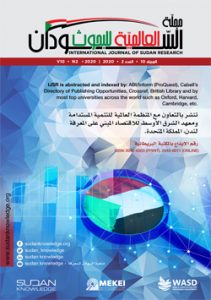(074) Tea bag derived activated carbon for the removal of As(III) and Pb(II), Dr. Mutasim El-Hussien, Yusuf Isa
Dr. Mutasim H El-Hussien
Chemistry Department, Faculty of Education, Nile Valley University, Atbara
Sudan
Email: mutasim1966@yahoo.com
Yusuf Makarfi Isa
Chemical Engineering Department, Durban University of Technology
South Africa
DOI: 10.47556/J.IJSR.8.1.2018.3
 Purpose: This paper investigates the application of Activated Carbon derived from Waste Tea Bags (AC-WTB) in the removal of As(III) and Pb(II) ions from aqueous solutions.
Purpose: This paper investigates the application of Activated Carbon derived from Waste Tea Bags (AC-WTB) in the removal of As(III) and Pb(II) ions from aqueous solutions.
Design/methodology/approach: Batch experiments were conducted to determine the effect of varying adsorption parameters on the removal of aqueous As(III) and Pb(II) ions; the data collected were compared to known adsorption isotherms.
Findings: The adsorption of As(III) ions was found to be maximum (80%62.33) at pH 5 and that of Pb(II) ions was found to be optimum (58%61.89). The adsorption capacity, Qo, (mg g-1) of As(III) is higher than that of Pb(II) ions and were found to be 7.348 and 3.791 respectively. The affinity of the two metals for the adsorbent surface in terms of b is higher for As(III). The Freundlich level of conformity for As(III) is to a high extent compared to the Langmuir adsorption isotherms as indicated by higher correlation coefficients values of 0.9917.
Original value of paper: A cheap and readily available adsorbent is proposed for tackling harmful metals in aqueous solutions, thus meaning a reduction in the potential of water borne diseases.
Keywords: Activated Carbons, (AC-WTB), Adsorption, Heavy Metals, Langmuir and Freundlich Isotherms, Lead, Arsenic
Reference to this paper should be made as follows: ElHussien, M. H. and Isa, Y. M. (2018) ‘Tea bag derived activated carbon for the removal of As(III) and Pb(II)’, Int. J. Sudan Research, Vol. 8, No. 1, pp.33-45.
